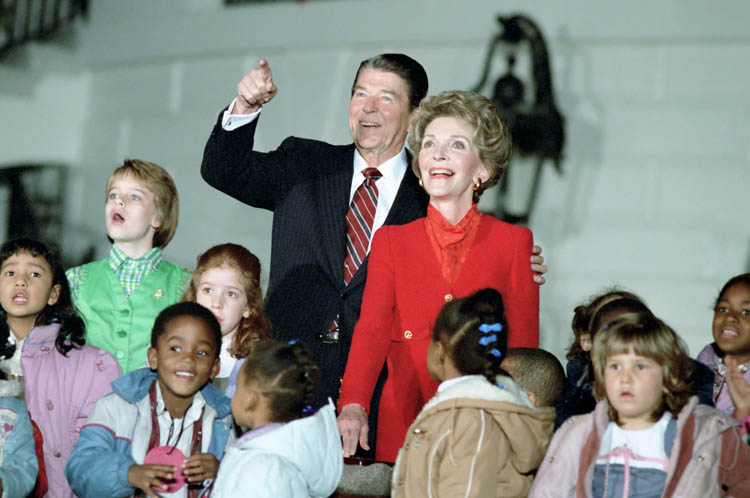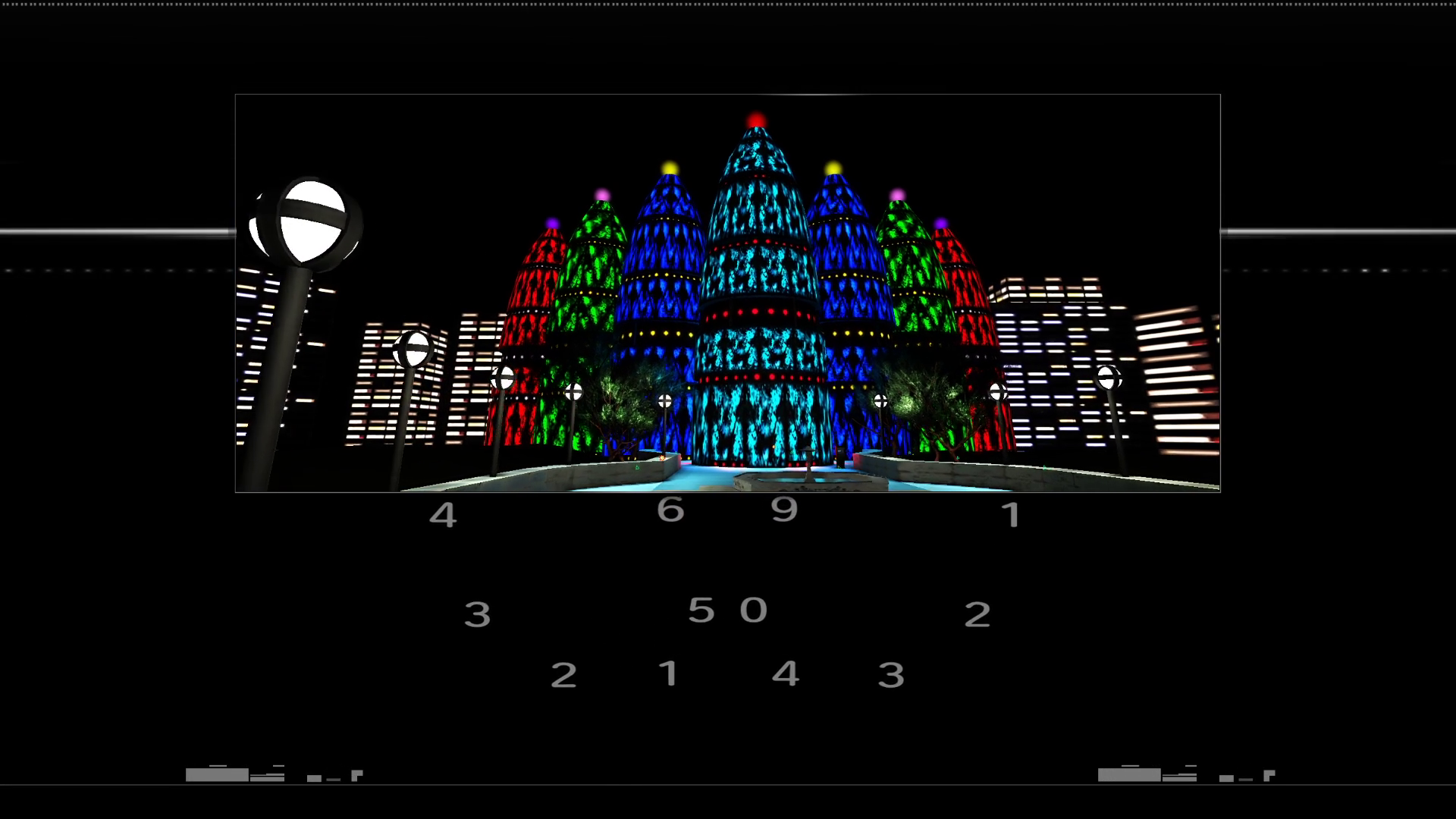“[F]ree markets and free people have been packaged as a single ideology that claims to be humanity’s best and only defense against repeating a history filled with mass graves, killing fields and torture chambers. Yet in the Southern Cone, the first place where the contemporary religion of unfettered free markets escaped from the basement workshops of the University of Chicago and was applied in the real world, it did not bring democracy; it was predicated on the overthrow of democracy in country after country. And it did not bring peace but required the systematic murder of tens of thousands and the torture of between 100,000 and 150,000 people.
“[…] The Chicago Boys and their professors, who provided advice and took up top posts in the military regimes of the Southern Cone, believed in a form of capitalism that is purist by its very nature. [… A] regime committed to the faithful application of this ideal cannot accept the presence of competing or tempering worldviews. In order for the ideal to be achieved, it requires a monopoly on ideology” (126–127).
The corporations and individuals complicit or participating in these terror campaigns against the public later denied that the violence had anything to do with the upward transfer of wealth. Describing the remains of a dungeon discovered under a luxurious Buenos Aires mall, Klein concludes, “[T]he Chicago School Project in Latin America was quite literally built on the secret torture camps where thousands of people who believed in a different country disappeared” (143).
By extension, all subsequent neoliberal projects were metaphorically built on these torture camps. Aside from deaths that have resulted from austerity and poverty over the last forty years, and that is a big “aside from,” the widespread adoption of neoliberal ideology does not reflect the peaceful spread of useful ideas but enforced systematic plunder with a huge body count. Of course, these issues already existed, but neoliberalism is the mutation that flowed into 1999.

***

In The Silver Case and its sequels, the secret international political/business organization ELBOW represents this international neoliberal project of wealth transfer and control. “From the very beginning there were no factions” because the different factions, despite the “truth” of their stated differences, all serve this same ideology, the savage free market of violence: “It’s not about goals.” Prior to 1979, this alternate history Kanto is described as a “market economy-based socialist state” suffering in poverty. The TRO/CCO takeover ends the socialist state and begins a period of explosive growth and real estate development, which here has supernatural ramifications. As under neoliberalism, by October 1999 (between “KamuiDrome” and “LifeCut”), this has meant an upward transfer of wealth: “An economic rift developed among the residents selected from around the country, with 80% having relatively low income and the remaining 20% having a much higher income.” It also results in a bubble economy and recession, as Kuroyanagi specifies in “good looking guy”: “The bubble bursting left buildings like this behind.”